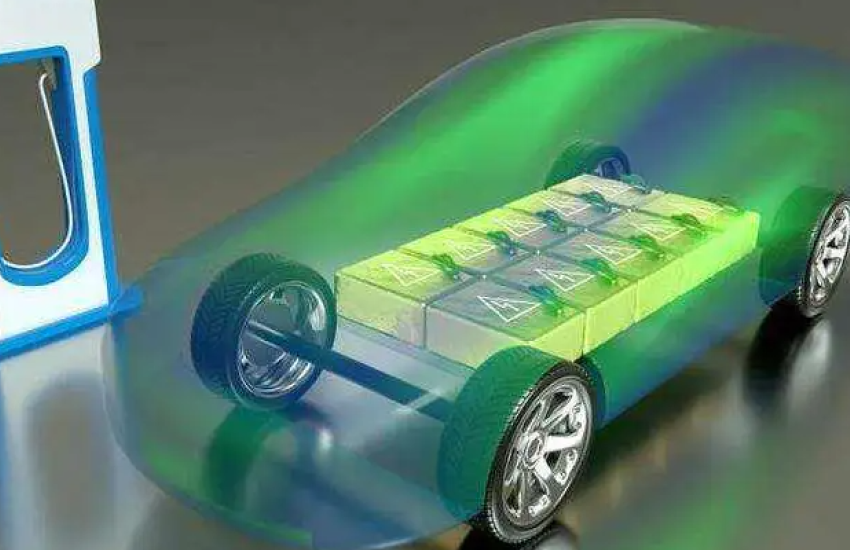Do Lithium Iron Phosphate Batteries Need Electrolyte
Lithium iron phosphate battery needs electrolyte. The composition of lithium iron phosphate battery is different from that of lead acid. Only lead acid has electrolyte, sulfuric acid and other liquids. The cathode materials of lithium iron phosphate batteries mainly include lithium cobalate, lithium manganate, lithium nickel oxide, ternary materials, lithium iron phosphate and other solid materials. Lithium cobalate is the cathode material used by most lithium ion batteries. But they are corrosive and toxic.
Lithium iron phosphate (LiFePOa) is one of the most promising cathode materials for power batteries. It is also of practical significance to study the high and low temperature electrolyte that it can be used together. Effects of lithium salts, solvents and additives of high and low temperature electrolyte on electrode interface and battery performance of lithium iron phosphate battery.
1. Effect of a new lithium salt lithium difluorodioxalate borate (LiODFB) on the high and low temperature performance of lithium iron phosphate/graphite battery. The addition of LiODFB as a lithium salt to the electrolyte has no negative effect on the LiFePO/Li battery. The LiODFB based electrolyte can effectively inhibit the iron ion evolution of LiFePO4 under high temperature conditions. The SEI film formed on the graphite cathode surface in LiODFB based electrolyte is more dense and stable. On the one hand, the SEI film formed in LiODFB based electrolyte has better thermal stability; On the other hand, LiODFB based electrolyte can inhibit the reduction of iron ions on the negative electrode, which is conducive to reducing the impedance of SEI membrane, so it can significantly improve the high-temperature cycling performance of LiFePO/graphite battery. In addition, it may be that lithium difluorodioxalate borate has a low charge transfer impedance. When it is added to the electrolyte as an additive, the battery has good low-temperature performance, and its reaction principle needs further study.
2. Effect of binary system and new solvent ethyl propionate (EP) on the performance of lithium iron phosphate/graphite battery. Among the three binary systems (EC+DMC, EC+DEC and EC+EMC), the high temperature performance of EC+DEC system is relatively good, and the low temperature performance of EC+EMC system is relatively good. In EC+EMC binary solvent, the addition of ethyl propionate can significantly improve the low-temperature performance of the battery, but too much will have a negative impact on the high-temperature performance of the battery.
3. The effect of additives such as propylene sulfite (PS) and fluoroethylene carbonate (FEC) on the performance of lithium iron phosphate/graphite battery. The results showed that after adding PS or FEC into the electrolyte, a smooth and dense SEI film could be formed on the surface of the graphite anode, which improved the high-temperature performance of the battery. The addition of FEC can improve the low temperature discharge platform of lithium iron phosphate battery and the discharge capacity of the battery at low temperature.




